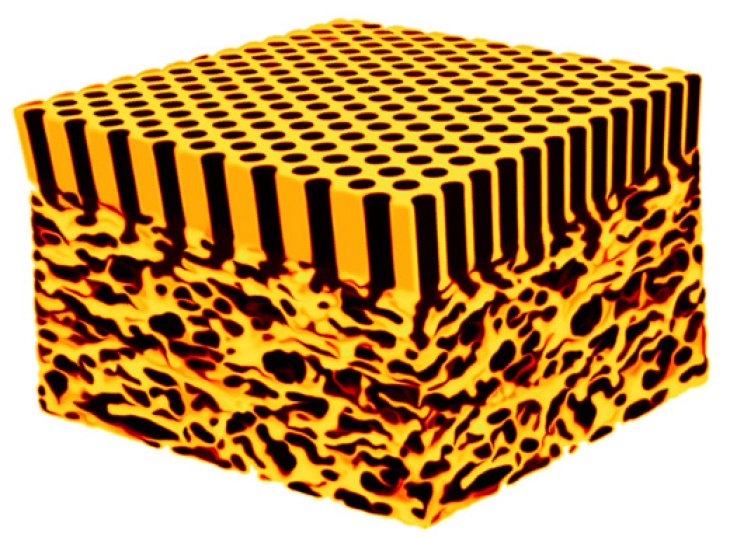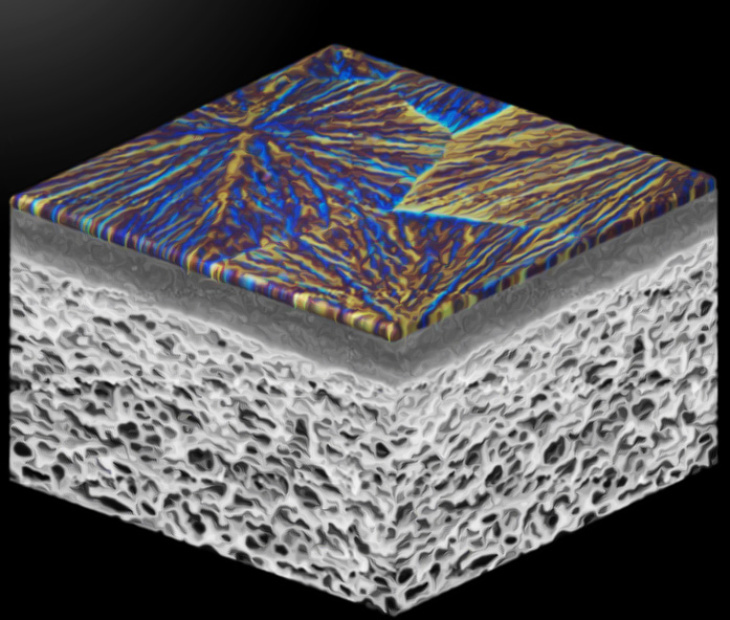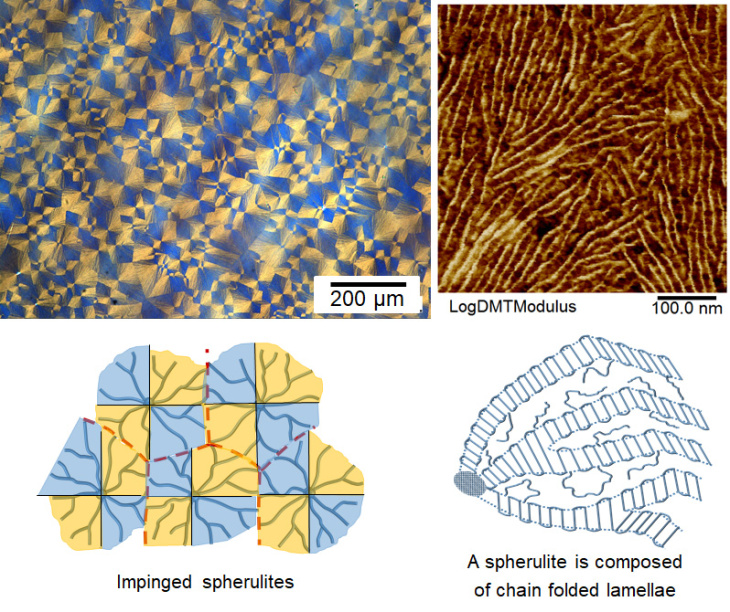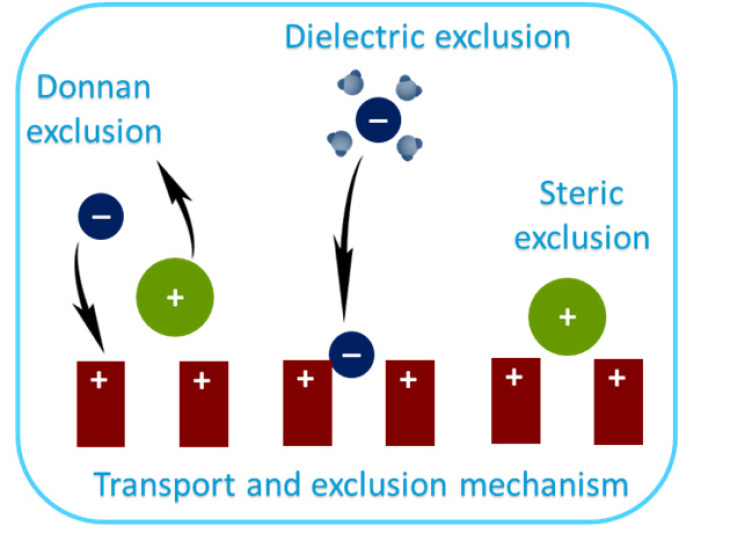Core Topics
The fabrication techniques and morphology of the membranes vary significantly depending on the size and chemical nature of the separating substances. The department of materials chemistry and mass transport is focused on fabrication of integral asymmetric isoporous membranes and multilayer thin film composite membranes for various applications e.g. water purification, gas separation, fractionation of proteins and small organic molecules, osmotic power generation etc.
A combination of controlled polymers synthesis, optimization of membrane fabrication parameters and membrane postmodification lead to fabrication of the membranes having desired morphology and functionality. Detail investigation of separation performance and separation mechanism of the fabricated membranes are equally important.
Computer simulation is used to gain insight in the mass transport behavior of the membrane.

Dead end filtration of ion selective membranes (left) and Ion Chromatography (right)
Hereon/Kirsitan Schmid
The following core topics are integral part of the activities of the department.
- Integral asymmetric isoporous membrane
- Thin film composite membrane
- Semicrystalline polymer membrane
- Transport model simulation

Schematic representation of integral asymmetric isoporous membrane; Hereon: Mushfequr Rahman
The integral asymmetric isoporous membranes are prepared by a technique which combines the evaporation induced block copolymer self assembly and nonsolvent induced phase separation (SNIPS). The resulting membrane is composed of a thin isoporous selective layer on top of a porous spongy substructure composed of the same material.
The department of materials chemistry and mass transport works on preparing such membranes having desired pore size and pore functionalities.
Flat sheet isoporous membrane by SNIPS

Schematic representation of thin film composite membrane; Hereon: Mushfequr Rahman
A thin film composite (TFC) membrane consists of a thin selective layer on top of a porous support. In a TFC membrane the porous support layer and the selective layer is composed of different materials. The department of materials chemistry and mass transport uses various techniques to prepare the selective layer such as interfacial polymerization, supramolecular self assembly, layer by layer assembly etc.
The department is focused on exploring the structure property relationship of the selective layers of the fabricated nanofiltration membranes.

Morphology of semicrystalline polymer; Hereon: Mushfequr Rahman, Clarissa Abetz
A semicrystalline polymer film typically consists of crystalline lamellae and an interlamellar amorphous region. If such polymer is used as a membrane material mass transport occurs only through the amorphous portion, while the crystalline phase acts as an impermeable phase.
The department fabricates membranes with semicrystalline polymers and investigates the relation between semicrystalline morphology and mass transport mechanism of such membrane.

Schematic representation of DSPM-DE model;
Hereon: Mushfequr Rahman
The department performs computer simulation to understand the mass transport behavior of the membranes.
The Donnan Steric Pore Model and Dielectric Exclusion (DSPM-DE), both based on extended Nernst-Planck equation, are used to understand the ion transport mechanism through membranes.
The solution-diffusion model is used to understand the gas transport behavior of the membranes.
